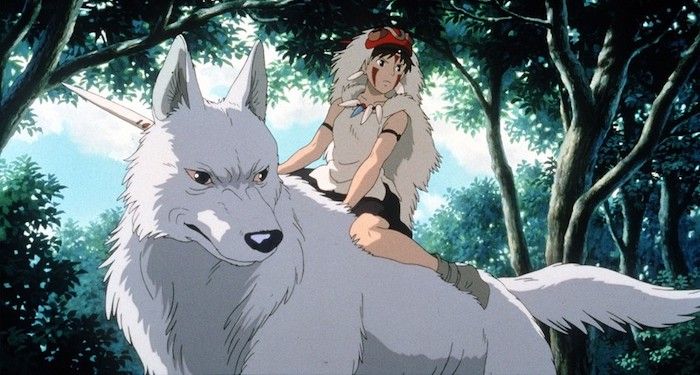This content contains affiliate links. When you buy through these links, we may earn an affiliate commission.
25 years ago this month, Hayao Miyazaki’s film Princess Mononoke was originally released in Japan. I was five, so I don’t even have a conscious memory of seeing it for the first time, and it instead just feels like a part of me. Ever since I can remember, it has always been my absolute favorite film by Miyazaki and Studio Ghibli. Everything about it is perfect and makes my soul swell with emotion and awe. Even just hearing a few bars of the score by Joe Hisaishi, Miyazaki’s long-time collaborator, is enough to bring me to tears.
Princess Mononoke is set in a historical fantasy version of Japan, and centers around gods and humans coming into conflict over the overuse of natural resources and environmental destruction. Ashitaka, a young prince, gets caught in the middle of this conflict when he must leave his home behind after being cursed while protecting his village from a demon-corrupted boar god. Among those he encounters are Lady Eboshi, the ruler of Iron Town (a refuge for societal outcasts that had been established by clearing massive swaths of forest) and San, the eponymous Princess Mononoke who was raised in the wild by the wolf goddess Moro. The two women are bitter enemies, and their clash comes to a head when Lady Eboshi sets out to hunt and kill the Great Forest Spirit, while San endeavors to protect it. The film is a gorgeous, atmospheric examination of our relationship to nature, and it acknowledges the complexity and moral ambiguity of that relationship. Princess Mononoke does not paint the world in black and white, but instead presents a nuanced exploration of it, allowing the characters their humanity as well as their brutality.
Needless to say, stories like Princess Mononoke are something I’m always craving, even if just subconsciously. To be quite honest, it’s a pretty tall order, considering the film’s significance to me personally. But of course, those stories do exist, as long as one knows where to look. And that place is right here! In honor of the film’s 25th anniversary, I have gathered this selection of books that look at related subject matter, feature badass female leads reminiscent of San and the other strong women of Princess Mononoke, and succeed in capturing a similarly bewitching tone to my most beloved Ghibli movie.
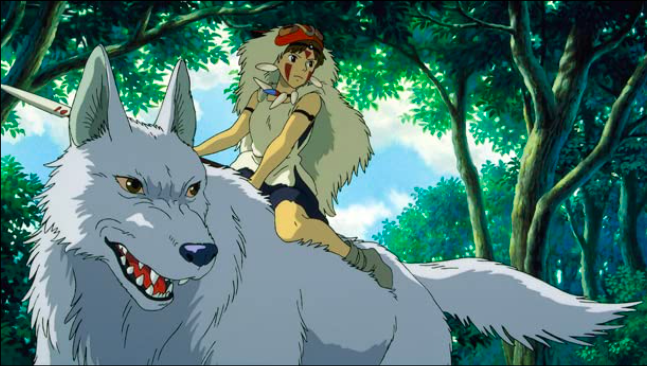
Books Like Princess Mononoke
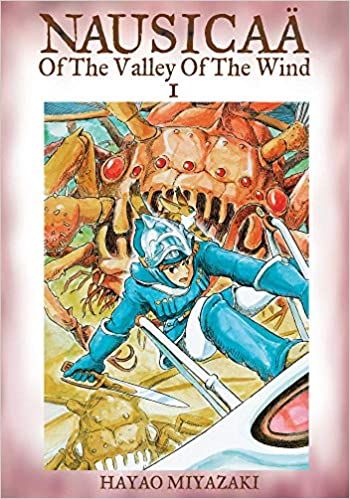
Nausicaä of the Valley of the Wind by Hayao Miyazaki
To get as close to the themes and atmosphere of Princess Mononoke as one possibly can, look no further than Miyazaki’s other work! You may know Nausicaä of the Valley of the Wind as an early Miyazaki film that helped launch his career and Studio Ghibli, but it was originally a manga he created for serialization in the anime magazine Animage. It takes place on a post-apocalyptic Earth devastated by pollution, and follows Nausicaä, a princess of a small kingdom, as she becomes entangled in a war between states vying for scarce and limited resources.
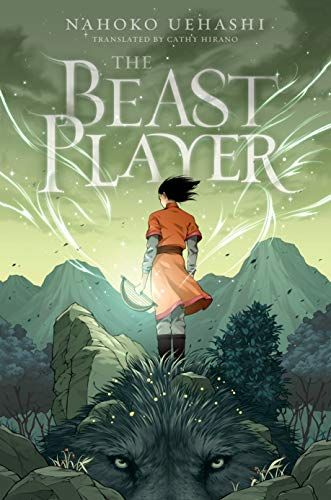
The Beast Player by Nahoko Uehashi
If you browse around the internet for books like Princess Mononoke, you’ll find many recommendations for Nahoko Uehashi’s The Beast Player. And it’s a fitting rec for sure! Elin is a young girl whose family is responsible for raising and caring for serpent-like creatures called Toda, but when some of them die under mysterious circumstances, Elin’s mother is sentenced to death. Before she is executed, though, she sends Elin to safety far from their home. Now on her own, Elin discovers that she has a special ability to communicate with magical beasts and, due to this ability, becomes involved in a war between territories that try to utilize these beasts in their armies.
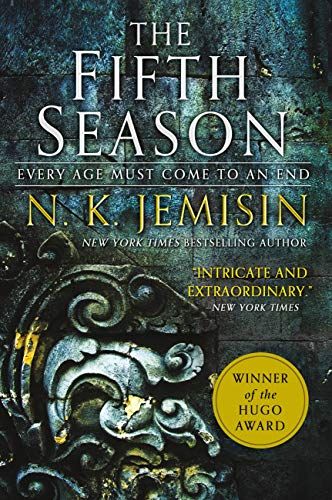
The Fifth Season by N.K. Jemisin
On a dystopian supercontinent known as the Stillness, a society broken up into many “comms,” “use-castes,” and ethnicities must endure the Fifth Season, a period of catastrophic climate change. Orogenes are people with the ability to control energy, manipulating the ground in the form of earthquakes and causing temperature changes. Widely hated and feared for their power, the orogenes endure oppression and are even murdered. The Fifth Season follows three orogene narrators living in different parts of the Stillness over time. An epic on its own, it is the first installment of the Broken Earth trilogy, followed by The Obelisk Gate and The Stone Sky.
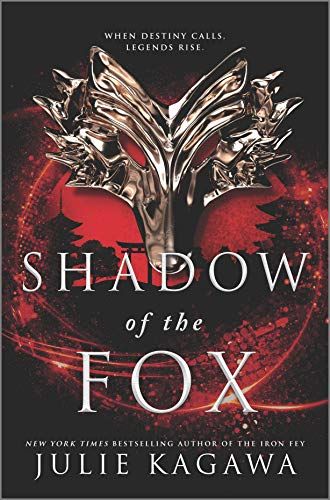
Shadow of the Fox by Julie Kagawa
Yumeko was raised by monks and trained in the art of illusion to hide the fact that she is half kitsune. When her adoptive family is murdered and her home razed to the ground, she must flee, taking the temple’s most valuable treasure — part of an ancient scroll that gives its possessor the power to summon the Kami Dragon to grant a wish — with her. Yumeko encounters Kage Tatsumi, a young samurai in search of the scroll, and forms a deceptive alliance with him for safety. Shadow of the Fox is the first book in a trilogy richly based in Japanese mythology, perfect for fans of Princess Mononoke’s folklore elements.
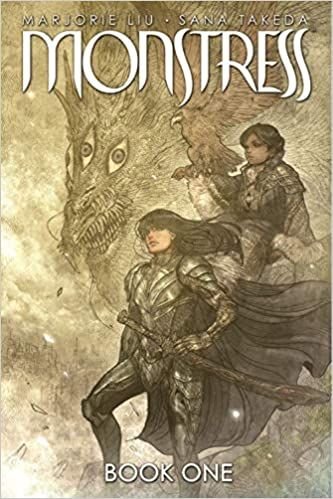
Monstress by Marjorie Liu and Sana Takeda
In an alternate matriarchal 20th century Asia, Arcanics and Cumaea are at war. The Cumaea are an order of sorceresses who exploit the Arcanics in order to fuel their own power. Against this dark and complicated backdrop, young Arcanic Maika Halfwolf sets off on a quest to avenge her dead mother. Similarly to Ashitaka, Maika is linked to a demon that sometimes emerges from the stub of her severed arm and gives her great power, though she struggles to control and resist its attempt to take over her entire body and mind. Not only is Monstress an incredible story, illustrator Sana Takeda’s art for the comic is also just as breathtaking as the flawless animation of Princess Mononoke.
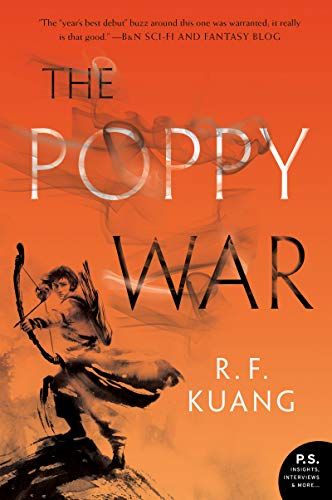
The Poppy War by R.F. Kuang
The Poppy War is a dark, military fantasy based in real Chinese war history. Rin is an orphan who secretly studied and trained in order to pass the Keju, a test to get into the Nikara Empire’s elite military academy Sinegard. When a conflict arises between the Empire and the Federation of Mugen, Rin and her newly-discovered shamanic powers might be the only way to save her people. However, in order to unleash her powers to the fullest, she must make a complex deal with the gods and possibly give up her humanity. The novel, the first in yet another trilogy, is a bleak look at warfare, full of moral ambiguity.
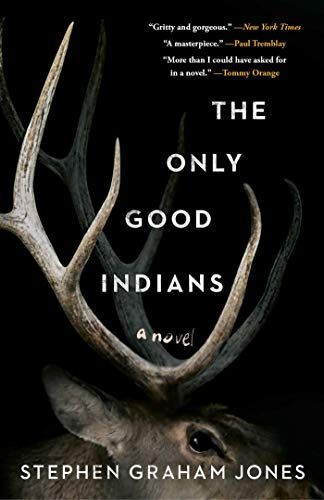
The Only Good Indians by Stephen Graham Jones
For a much darker take on the idea of nature fighting back against human activity, and this time presented from a horror angle, Stephen Graham Jones’s The Only Good Indians is an excellent pick. Four Native American men are haunted by a revenge-seeking entity due to an event from their past. And on top of the thought-provoking environmental themes and psychological horror thrills, the novel offers nuanced and biting social commentary on Native American experiences and turns stereotypical tropes on their head.
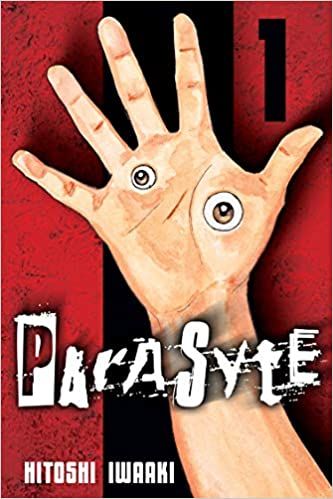
Parasyte by Hitoshi Iwaaki
Here’s yet another malevolent force taking up residence in a protagonist’s arm! Alien invaders called Parasites burrow into human hosts and take control of their brains, but when teenager Shinichi interrupts one such Parasite’s attempt to get to his brain, he ends up with the worm-like creature making its way into his arm. The two each keep their own individual consciousness and must learn to share a body while battling other parasites. Similar to Princess Mononoke, this science fiction horror manga explores themes like the relationship between humans and nature and the complexities of human morality.
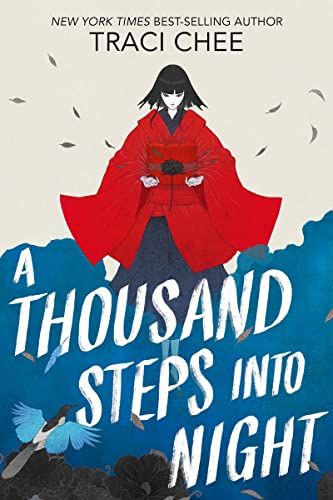
A Thousand Steps into Night by Traci Chee
Much like Princess Mononoke, A Thousand Steps into Night is a story based in Japanese folklore, about a world where gods, demons, and humans live alongside each other. Miuko is an ordinary girl, but one day she is cursed and begins the gradual transformation into a demon. Hoping to find a way to reverse the curse, Miuko sets off on a journey to get her ordinary life back, encountering monsters, gods, and other creatures along the way. But now that she has gotten a taste of power and a different life, will she really give it up to save her soul?
For more excellent and enchanting reading recommendations, check out our other Studio Ghibli posts!
























































![Key Metrics for Social Media Marketing [Infographic] Key Metrics for Social Media Marketing [Infographic]](https://www.socialmediatoday.com/imgproxy/nP1lliSbrTbUmhFV6RdAz9qJZFvsstq3IG6orLUMMls/g:ce/rs:fit:770:435/bG9jYWw6Ly8vZGl2ZWltYWdlL3NvY2lhbF9tZWRpYV9yb2lfaW5vZ3JhcGhpYzIucG5n.webp)


